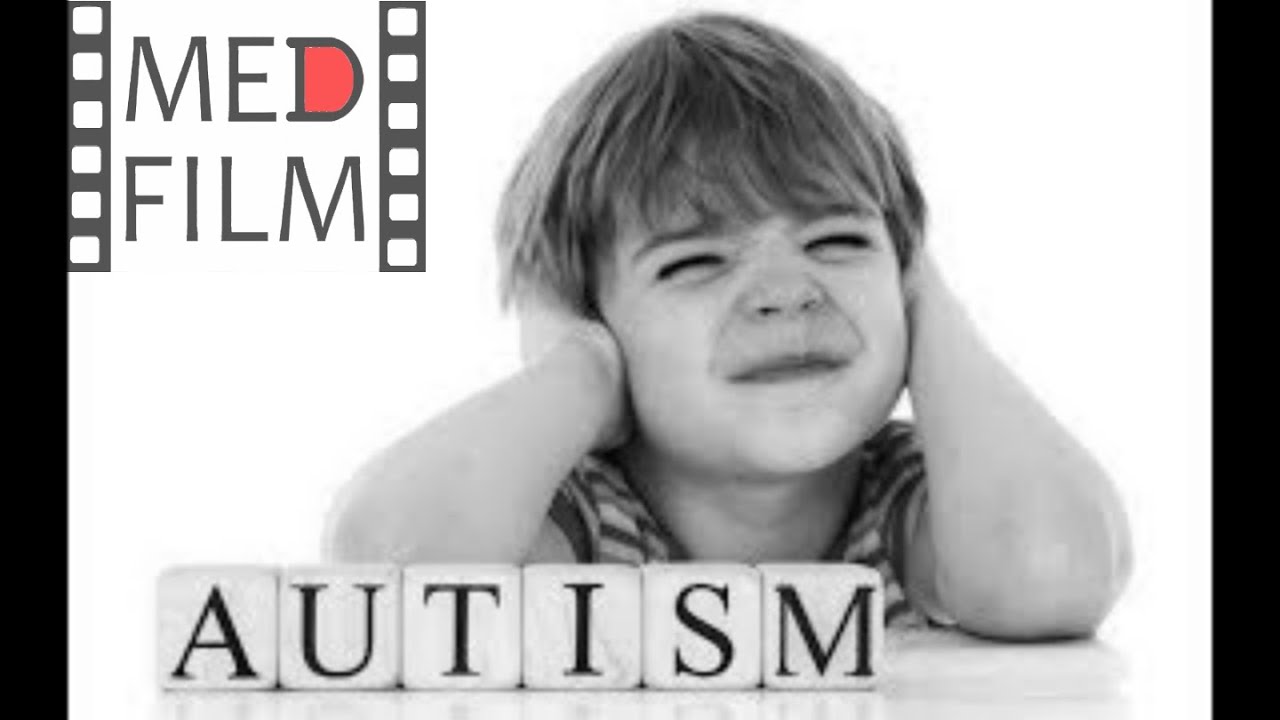Ведутся технические работы. Это может временно повлиять на скорость работы сайта. Приносим извинения за неудобства и благодарим за ваше понимание!
Ведутся технические работы. Это может временно повлиять на скорость работы сайта. Приносим извинения за неудобства и благодарим за ваше понимание!

| ( ! ) Warning: Invalid argument supplied for foreach() in /home/domains/malitikov.ru/public_html/wp-content/themes/malitikov/single.php on line 44 | ||||
|---|---|---|---|---|
| Call Stack | ||||
| # | Time | Memory | Function | Location |
| 1 | 0.0000 | 350344 | {main}( ) | .../index.php:0 |
| 2 | 0.0000 | 350624 | require( '/home/domains/malitikov.ru/public_html/wp-blog-header.php ) | .../index.php:17 |
| 3 | 0.1689 | 8484136 | require_once( '/home/domains/malitikov.ru/public_html/wp-includes/template-loader.php ) | .../wp-blog-header.php:19 |
| 4 | 0.1704 | 8508792 | include( '/home/domains/malitikov.ru/public_html/wp-content/themes/malitikov/single.php ) | .../template-loader.php:106 |
| ( ! ) Fatal error: Allowed memory size of 536870912 bytes exhausted (tried to allocate 67108872 bytes) in /home/domains/malitikov.ru/public_html/wp-includes/class-wpdb.php on line 2323 | ||||
|---|---|---|---|---|
| Call Stack | ||||
| # | Time | Memory | Function | Location |
| 1 | 0.0000 | 350344 | {main}( ) | .../index.php:0 |
| 2 | 0.0000 | 350624 | require( '/home/domains/malitikov.ru/public_html/wp-blog-header.php ) | .../index.php:17 |
| 3 | 0.1689 | 8484136 | require_once( '/home/domains/malitikov.ru/public_html/wp-includes/template-loader.php ) | .../wp-blog-header.php:19 |
| 4 | 0.1704 | 8508792 | include( '/home/domains/malitikov.ru/public_html/wp-content/themes/malitikov/single.php ) | .../template-loader.php:106 |
| 5 | 0.4568 | 22764176 | WP_Query->__construct( $query = ['post_type' => 'post', 'post_status' => 'publish', 'fields' => 'ids', 'posts_per_page' => -1, 'no_found_rows' => TRUE, 'orderby' => 'none'] ) | .../single.php:65 |
| 6 | 0.4568 | 22764176 | WP_Query->query( $query = ['post_type' => 'post', 'post_status' => 'publish', 'fields' => 'ids', 'posts_per_page' => -1, 'no_found_rows' => TRUE, 'orderby' => 'none'] ) | .../class-wp-query.php:4081 |
| 7 | 0.4568 | 22764176 | WP_Query->get_posts( ) | .../class-wp-query.php:3949 |
| 8 | 0.4572 | 22776040 | wpdb->get_col( $query = 'SELECT wp_posts.ID\n\t\t\t\t\t FROM wp_posts \n\t\t\t\t\t WHERE 1=1 AND wp_posts.post_type = \'post\' AND ((wp_posts.post_status = \'publish\'))\n\t\t\t\t\t \n\t\t\t\t\t \n\t\t\t\t\t ', $x = ??? ) | .../class-wp-query.php:3300 |
| 9 | 0.4573 | 22776040 | wpdb->query( $query = 'SELECT wp_posts.ID\n\t\t\t\t\t FROM wp_posts \n\t\t\t\t\t WHERE 1=1 AND wp_posts.post_type = \'post\' AND ((wp_posts.post_status = \'publish\'))\n\t\t\t\t\t \n\t\t\t\t\t \n\t\t\t\t\t ' ) | .../class-wpdb.php:3107 |